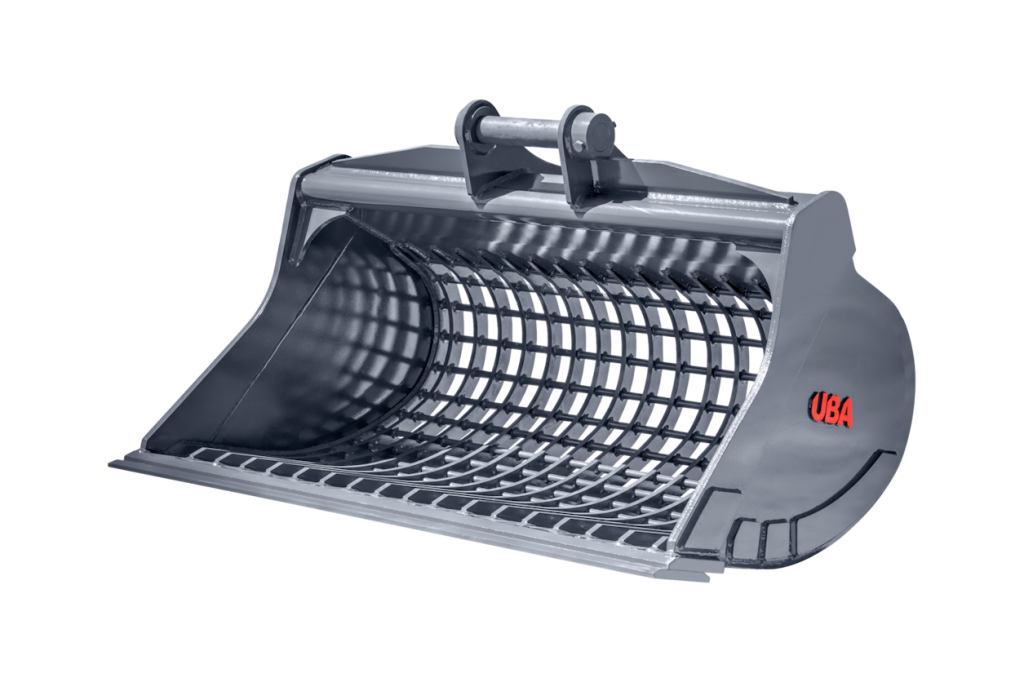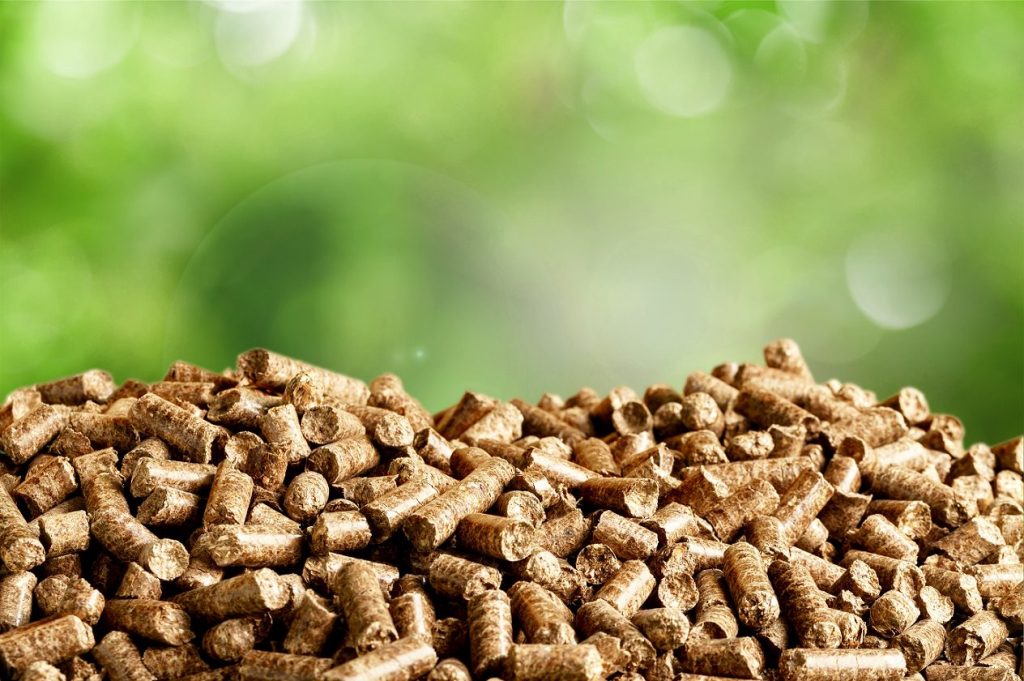Selecting the right excavator bucket is crucial for optimizing productivity, efficiency, and performance in construction and excavation projects. The wide range of bucket types, sizes, and configurations available can make the decision challenging. In this article, we will discuss key considerations that should be taken into account when selecting an excavator bucket to ensure it meets the project requirements effectively.
Application and Material: Consider the specific application and the type of material you will be working with. Different materials, such as soil, rocks, gravel, or debris, require different bucket types. For example, a rock bucket with reinforced structure and specialized teeth is suitable for rocky terrains, while a standard bucket can handle general excavation tasks.
Size and Capacity: Determine the appropriate bucket size and capacity based on the machine’s capabilities and the volume of material you need to handle. Choosing the right size ensures optimal performance and prevents overload or underutilization of the machine.
Bucket Teeth and Cutting Edges: Consider the type and quality of teeth and cutting edges. The shape, size, and material of these components impact the bucket’s digging and penetration capabilities. High-quality, durable teeth and cutting edges increase productivity and reduce maintenance costs.

Bucket Design and Configuration: Evaluate the bucket’s design features, such as its shape, profile, and curvature. The design should match the intended application, providing efficiency and stability during operation. Specialized designs, such as tilting buckets or grading buckets, offer added functionality and versatility for specific tasks.
Durability and Strength: Ensure that the bucket is made of high-quality, wear-resistant materials and features robust construction. It should withstand the demands of the application and provide durability and longevity, reducing downtime and replacement costs.
Attachment Mechanism: Consider the attachment mechanism of the bucket, such as the pin-on or quick coupler system. Ensure compatibility with the excavator’s attachment interface, allowing for easy and secure attachment changes when required.
Operator Comfort and Visibility: Bucket design should also consider operator comfort and visibility. An optimized shape, size, and positioning of the bucket should provide clear Excavator Attachment Sale to the working area and minimize operator fatigue during prolonged operations.
Manufacturer and Support: Choose buckets from reputable manufacturers known for their quality and reliability. Additionally, consider the availability of spare parts, customer support, and warranty offered by the manufacturer.
Budget and Cost-effectiveness: While considering all the above factors, evaluate the cost-effectiveness of the bucket. It’s important to strike a balance between the quality, performance, and cost to ensure a satisfactory return on investment.
By carefully considering these factors and consulting with industry professionals, you can select the right excavator bucket that matches the requirements of your project. The right bucket will enhance the performance of the excavator, increase productivity, and contribute to the overall success ofthe construction and excavation operations.


